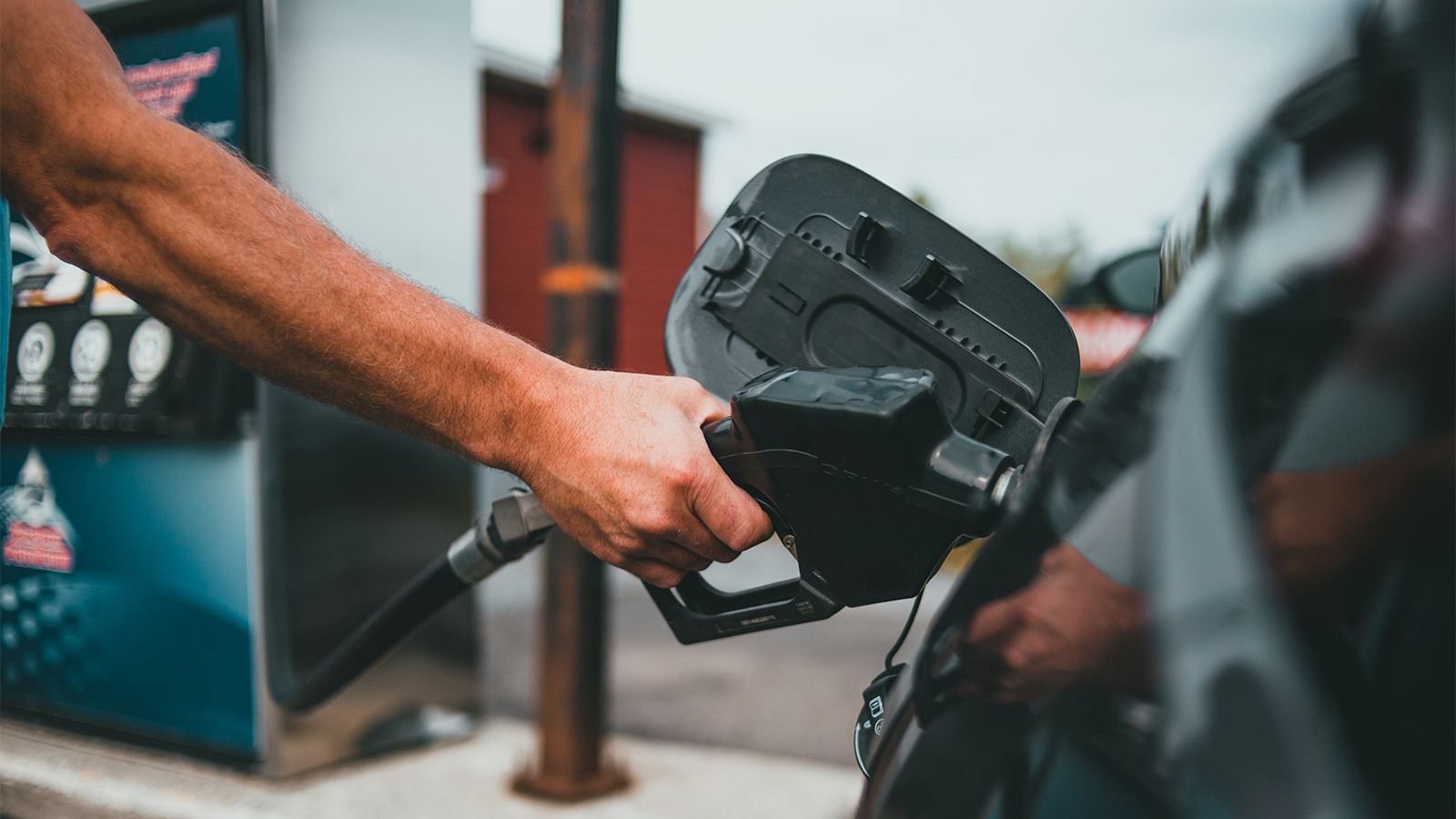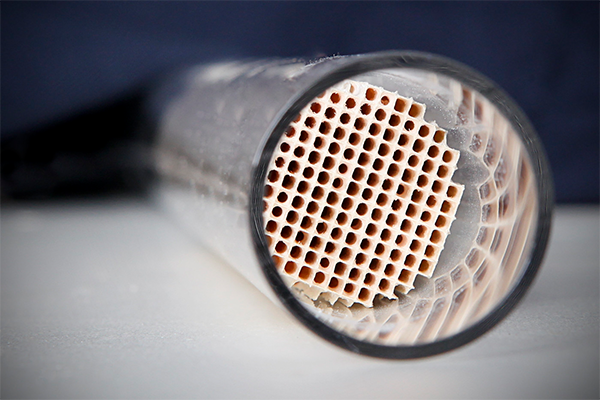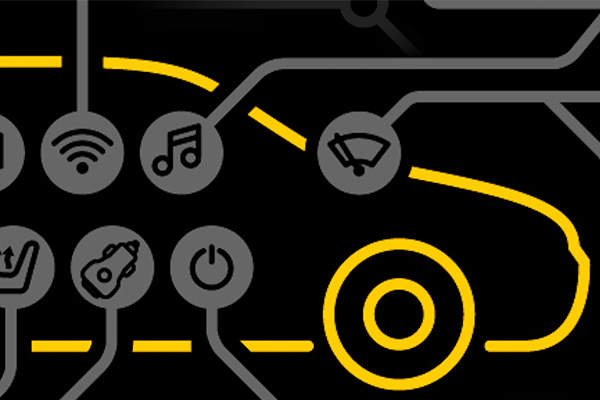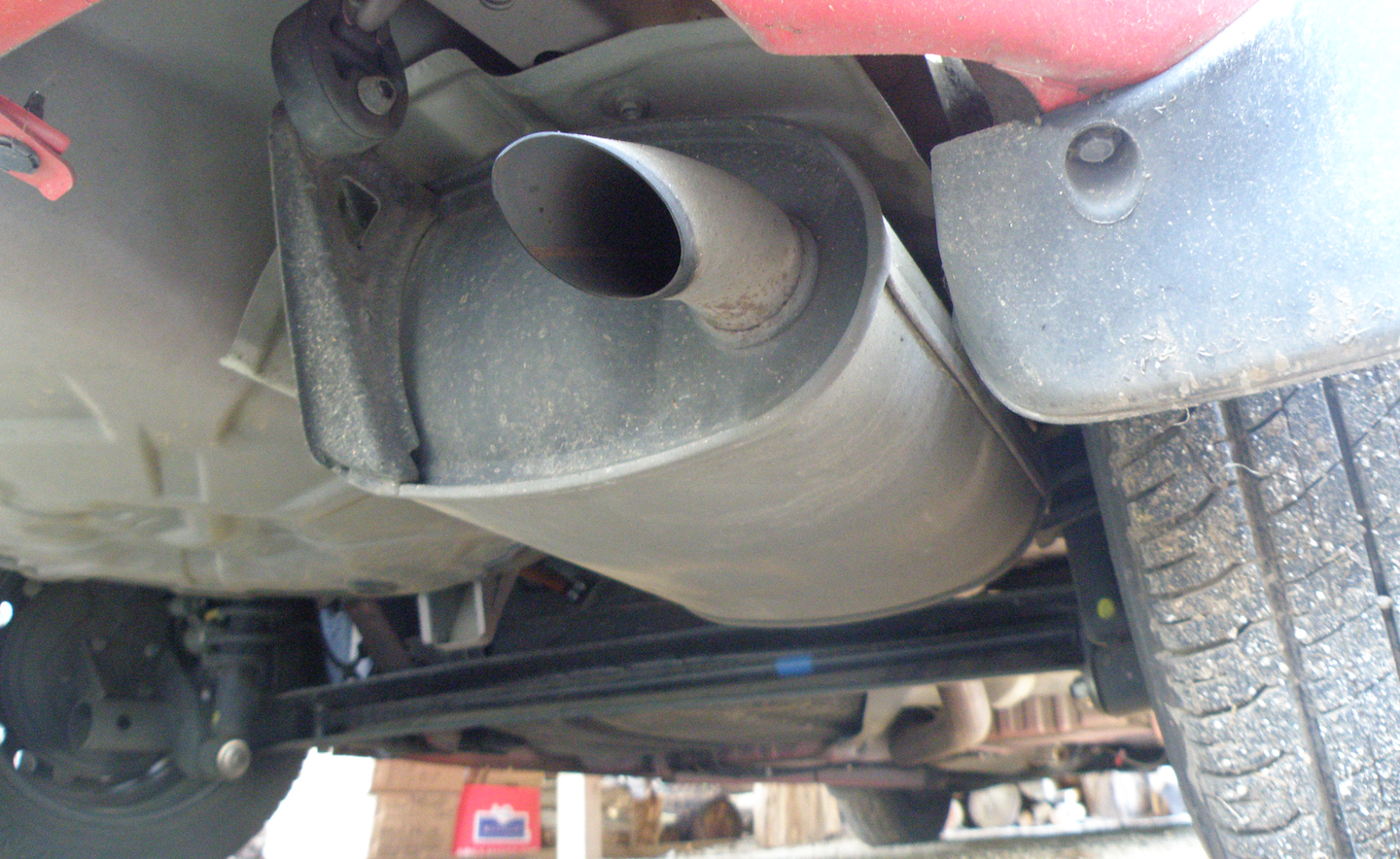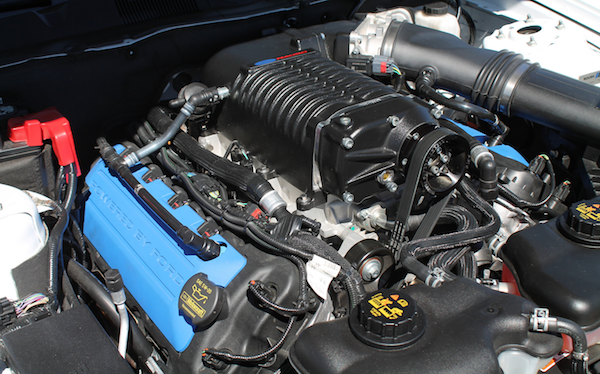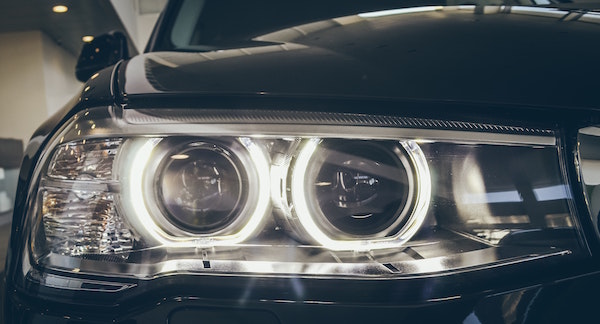What Are Car Sensors And Why Do We Need Them?
For the average car owner, there's often some confusion about car sensors and what they actually do. To explain, let's go back in time a bit.
Internal Combustion Engines
Remember, there are three things necessary for the internal combustion engine to work: air, fuel, and spark. Engine control systems manage all of those, as well as spark timing and other factors. A generation ago, these functions were controlled with mechanical or electromechanical systems. The carburetor would control fuel metering and mixture, as well as cold idle speed. A mechanical distributor would manage spark delivery and would rely on vacuum to advance or retard timing according to engine load, and a mechanical fuel pump (driven off of the camshaft) would send fuel from the fuel tank to the carburetor.
These engine control systems were pretty maintenance-intensive—in those days, an engine would need a thorough tuneup every 35,000 miles or so to keep running right. By the late '70s, spark delivery was managed with an electronic module rather than mechanical breaker points, and by the '80s emissions concerns forced other changes in engine management. Early engine management systems were transitional technology with sensors delivering information to an analog processor, which would then make decisions on engine functions. The problem with these early setups was that the analog processor was programmed with preset limits and could not respond dynamically as an engine started to wear and become "looser."
By the '90s, carburetors had been replaced with fuel injection, and the distributor/ignition coil/plug wires on many engines had been replaced with a high-voltage coil-on-plug setup. For all these systems to work properly, though, they need information on what's happening with emissions, engine load, air volume, and other factors. That's where sensors come into play.
What Are The Various Car Sensors
The O2 sensor, for instance, sends information on the content of exhaust gases, which the engine processor uses to adjust fuel metering and emissions. The MAP and MAF sensors monitor the amount of air entering the engine, and the crank and cam position sensors influence ignition timing and fuel delivery. Sensors such as the throttle position sensor and vehicle speed sensor read engine load and help determine transmission shift points and fuel metering.
What Does The Check Engine Light Mean

Source: Chris Isherwood/Flikr
All these sensors send a signal back to the engine computer, and this signal should stay within a certain voltage range. If the voltage from the sensor falls outside of these parameters, it will register a "trouble code" in the computer and illuminate the check engine light (CEL). In some instances, it may take multiple events from the sensor in order to store a trouble code and light up the CEL; once the CEL is illuminated, however, a tech can hook up a code reader to the car's diagnostic port and quickly get access to the trouble codes, which are a starting point for diagnostics. From there, it's a matter of interpreting the code and deducing what failed for the sensor to send these readings. These are a starting point for diagnostics.
We hope this clears up any questions you might have about car sensors and gives you a little more to go on the next time a mechanic or service writer talks to you about your illuminated check engine light!
 Source:
Source: 

